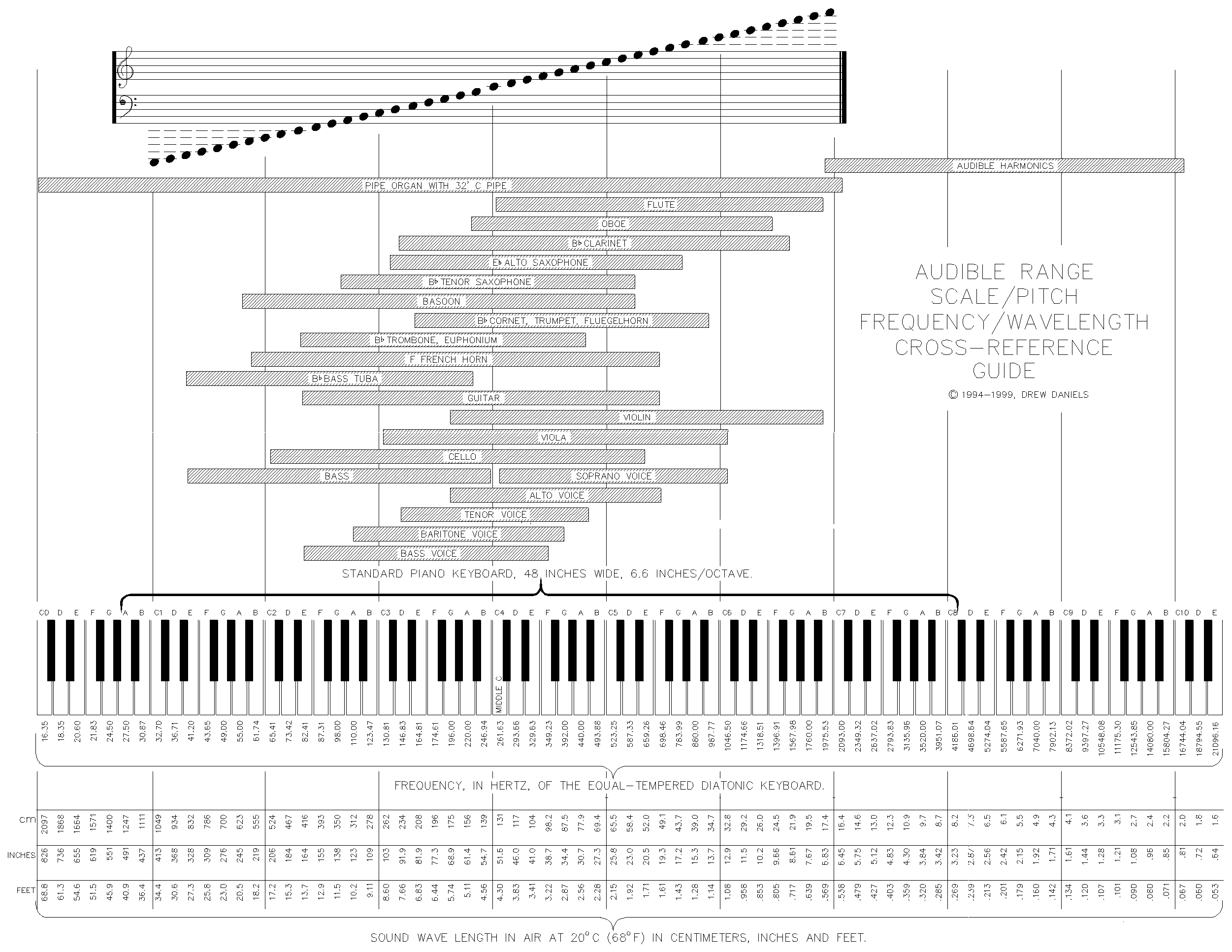

The corresponding Sonic Visualiser (SV) file is provided in each of the data folders, along with TXT files for the five parameters that the corpus evaluates (see Table 2). 99ii: note / sixteenth note beat / eighth note beat / quarter note beat / bar 38iii: note / quarter note beat / half note beat / bar 38ii: note / eighth note beat / quarter note beat / bar 38i: note 14/ quarter note beat / half note beat / bar 15

Scape plots are given as PNG files.ĭata for each recording are organized by measurement unit: In order to facilitate interpretation of the data, MSCX scores contain note numberings for each part (piano and cello) separately. 13 Scores are provided in PDF, MIDI, musicXML, MUSX, and MSCX formats. In the repository, scores, 11 scape plots, 12 and performance data can be found. 38 and 99, as well as of the third movement of the Op. At this stage, the repository contains data from recordings of the first and second movements of Brahms's two cello sonatas, Opp.
Sonic visualiser chord diagram download#
The RBC dataset is available for consultation and download at. Johannes Brahms: Die Cellosonaten – The Cello Sonatas 99Ĭompiled in The Art of Gregor Piatigorsky (1903-1976)īrahms – Schumann – Works for Cello and Piano Sonatas for Cello and Piano – E Minor Op. 38, 99 and 108īrahms: Die Cellosonaten – Lieder ohne Worteīrahms: Cello Sonatas – Song Transcriptionsīrahms. Johannes Brahms: Sonates pour Violoncelle & Pianoīrahms: Sonatas for Cello & Piano Opp. Sonata No 1 in E MINOR for 'cello and piano – Sonata No 2 in F MAJOR for 'cello and piano – BRAHMSīrahms: Sonata for Cello and Piano No. Recordings included in the RBC dataset (alphabetical order) Abbreviationīrahms: The Two Sonatas for Cello and Piano For the recordings, abbreviations have been used (refer to Table 1).

For easier navigation in the corpus, the movements are labeled according to their opus number followed by a lowercase roman numeral indicating their position within each composition. The RBC corpus presents data extracted from 21 recordings of select movements of Brahms Cello Sonatas. In this manner, it offers new insights into chamber music playing, which is necessary in order to construct narratives of performance techniques, decisions, and style. In this context, the Recorded Brahms Corpus (RBC) aims at benefiting computational musicology and performance studies by offering manually-extracted data of a number of performer duos' timing and dynamic decisions in commercial studio or live recordings (1934–2019) of select movements of Brahms's Cello Sonatas, Opp. 9 Such audio corpora provide data extracted not from historical commercial recordings but rather from files recorded for the purpose of being analyzed. Examples include Saarland Music Data, 4 CorpusCOFLA, 5 and the MAESTRO, 6 URMP, 7 Bach10, 8 and Choral Singing datasets. In the same way as scholars in the symbolic domain have laid especial emphasis on melody and harmony, 3 the audio domain largely concentrates on timing and, sometimes, intonation.

2 This has materialized in the emergence of scholarly repositories offering ground truth and automatic annotations of musical parameters from both scores and recordings. IN line with the present-day digital turn in the humanities, musicology is showing an increasing tendency towards the study of large corpora. Submitted 2020 April 11 accepted 2020 December 22. The study of the data may contribute to performance studies and music theory alike. Expansion of the corpus with further movements of the sonatas, further recordings thereof and other compositions by Brahms is planned. Scores in various digital formats, the original SV files and diamond-shaped scape plots visualizations of the data are offered too. Data for each recording and measurement unit are given as TXT files.
Sonic visualiser chord diagram manual#
Consistent manual annotation of the corpus in Sonic Visualiser was necessary prior to automatic extraction. 38 and 99, focusing on note and beat onsets and duration, tempo fluctuations, and dynamic variations. The dataset contains (micro)timing and dynamic data from 21 recordings of Brahms's Cello Sonatas, Opp. ABSTRACT: This report describes the open-source Recorded Brahms Corpus (RBC) dataset, as well as the methods employed to extract and process the data.


 0 kommentar(er)
0 kommentar(er)
